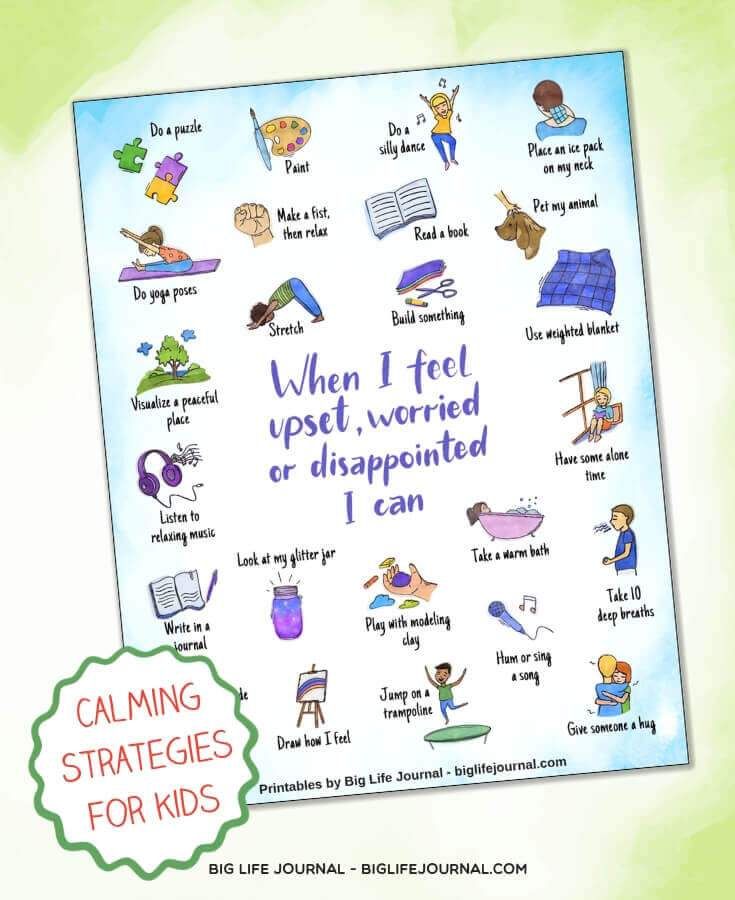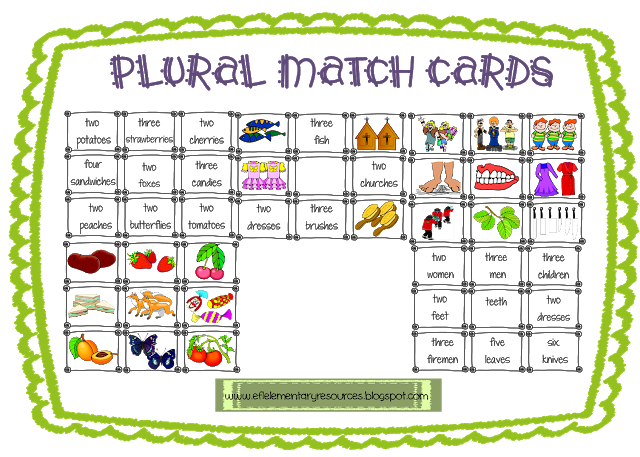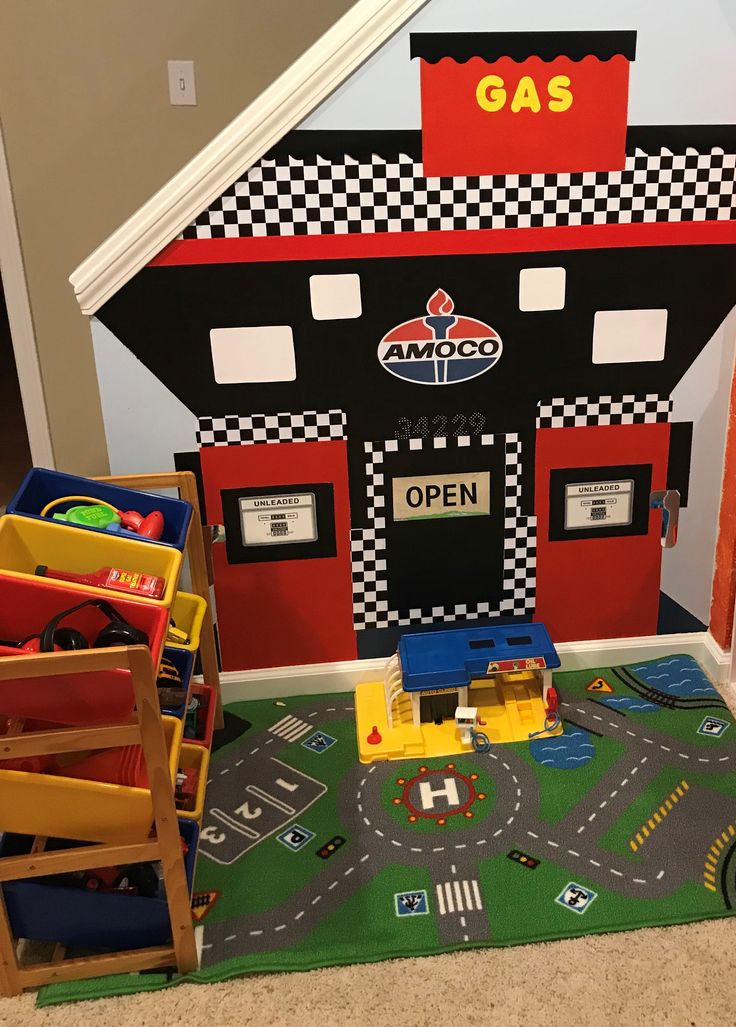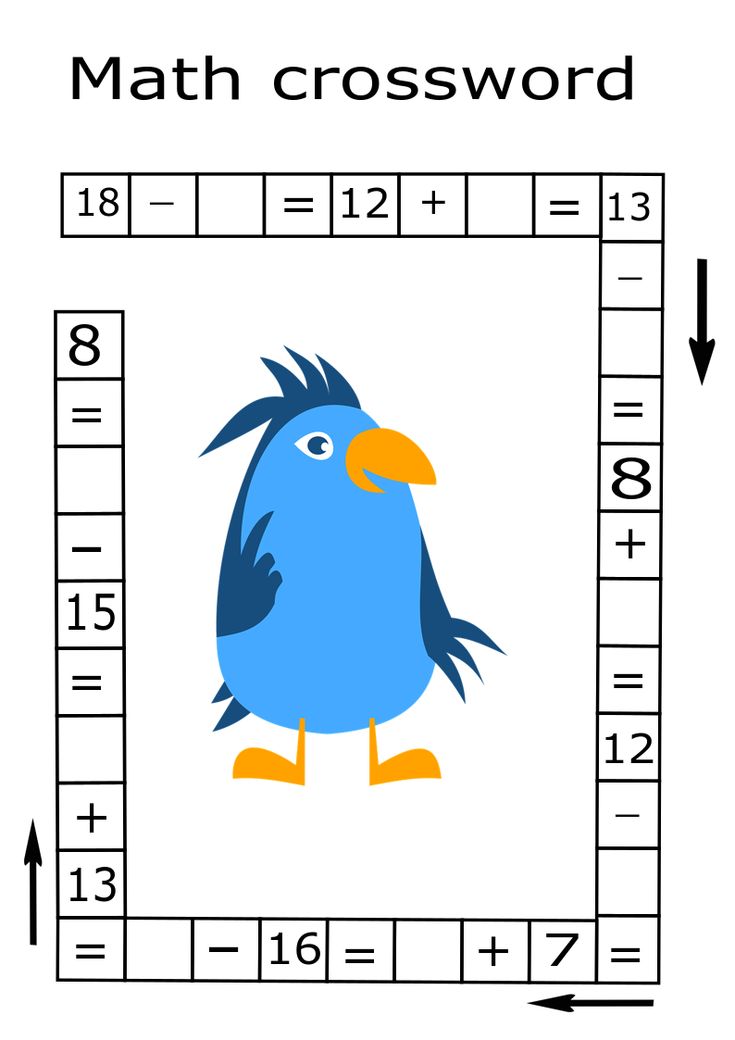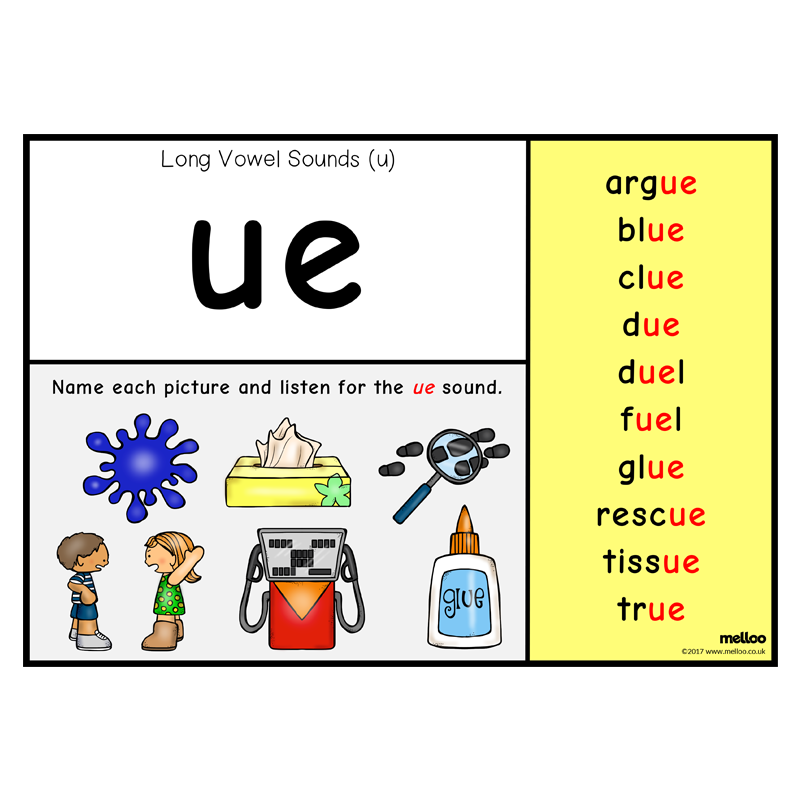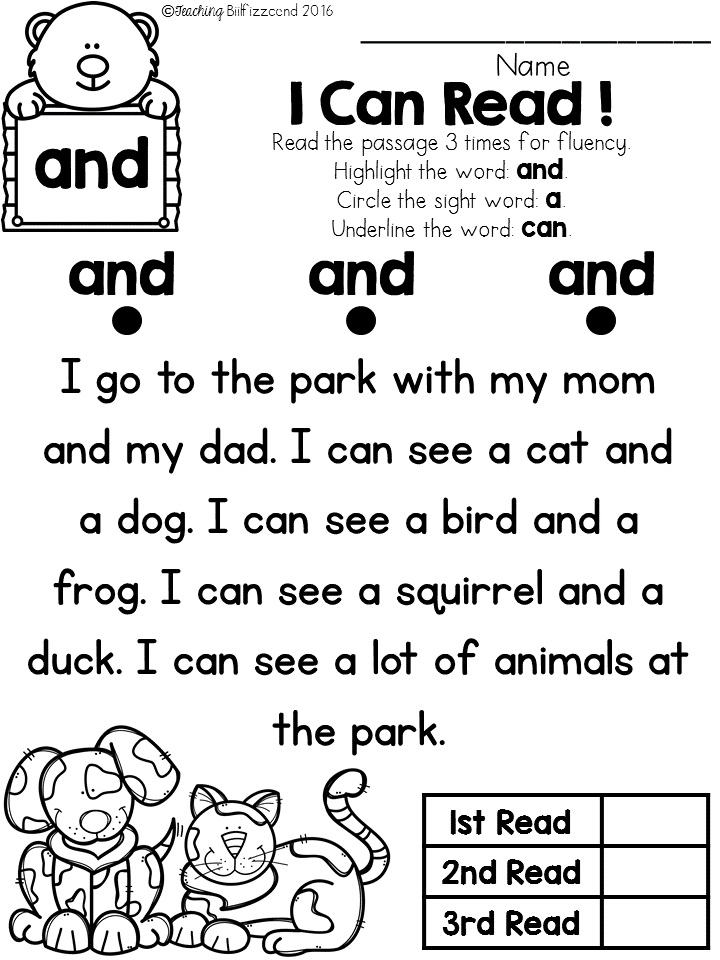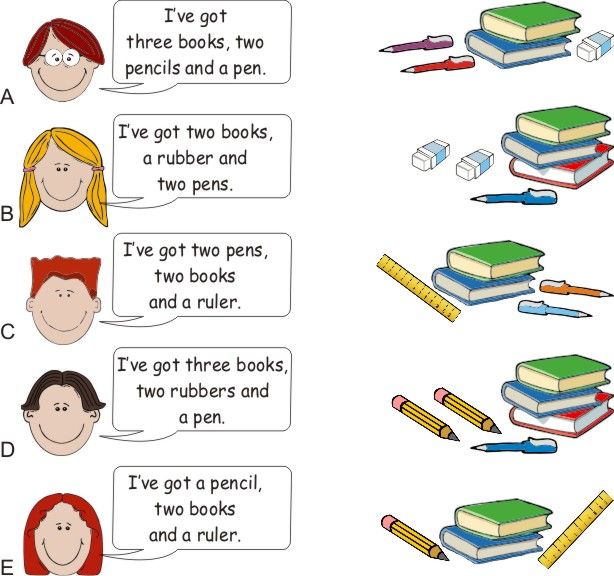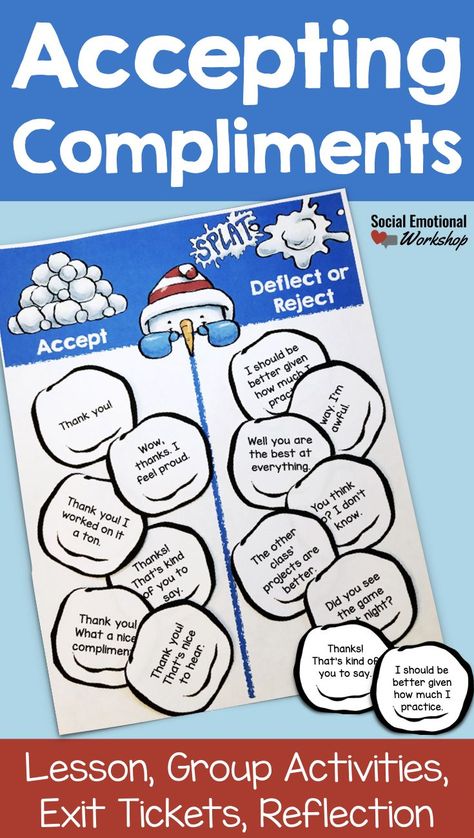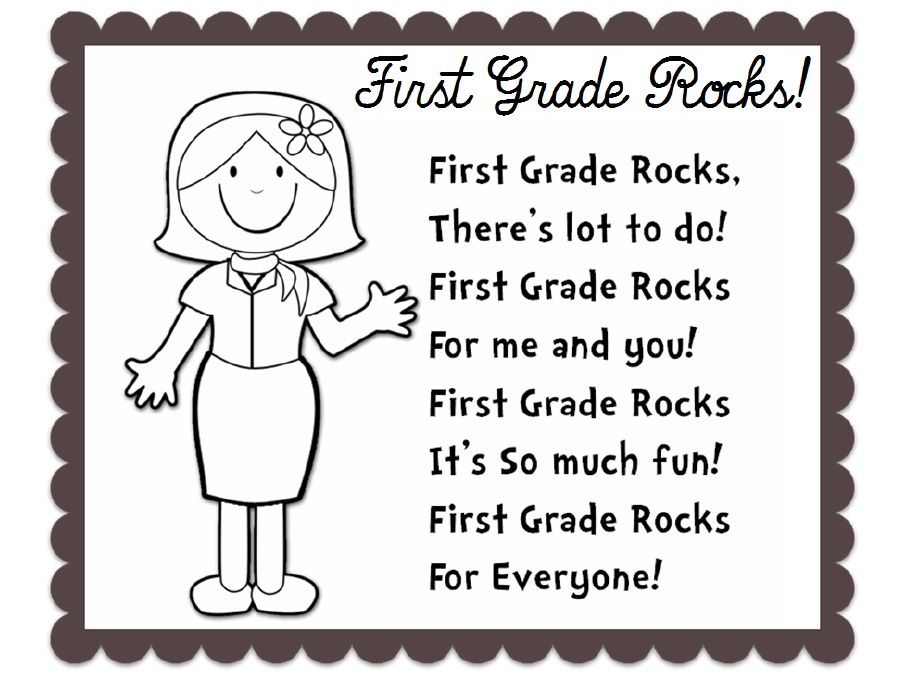Calming strategies for kids
Calming Anxiety — Coping Skills for Kids
This page contains affiliate links, read the disclosure statement here
Inside: Kid tested strategies used by child therapists for calming anxiety, including ideas to calm down, books to read and videos that can help
It’s happening again. Your daughter is frustrated and stomping away down to her room, slamming the door and in general “has her cranky pants on”. You say calm down, but she yells back “I don’t know how to do that!!!”
We tend to tell our kids to “calm down” without ever giving them explicit directions on how to deal with stress and anxiety. Here’s a collection of the best tools and tips I’ve found to teach children how to calm down and relax.
Sometimes you’ll need a quick way to help your child calm down and you don’t have much with you. Maybe it’s when you’re out at Target or stuck in traffic. These tips will come in handy at those times:
Imagine your favorite place - it’s like taking a mini vacation wherever you are
Think of your favorite things
Name animals alphabetically (alligator, bear, cow, dog, etc…)
Squeeze Something (play dough, clay, silly putty, your fists, a stress ball)
Get a Cold Drink of Water
54321 Grounding - go through each of your 5 senses
Put your arms straight out in front of you, palms facing out.
Put one hand over the other at the wrists and interlace your fingers.
Swoop your hands and arms toward your body and then place your interlaced hands on your chest.
Cross your feet at the ankles and put your tongue on the roof of your mouth.
Stay still for one minute.
It’s great to have a big list of coping skills to try when your child needs to calm down. Here are two more short lists of ideas for calming down at home or at school.
From Imperfect Families - Strategies to use at home
From Encourage Play - 10 Strategies to Help Kids Calm Down at school or home
People usually roll their eyes initially when they hear “breathing is important”. But I will continue to say it and explain why. It’s so simple, yet has such a big impact on your body’s physiology.
When you and calm and relaxed, your body is in “rest and digest” mode. You breathe normally, your heart rate is lower and your muscles are relaxed.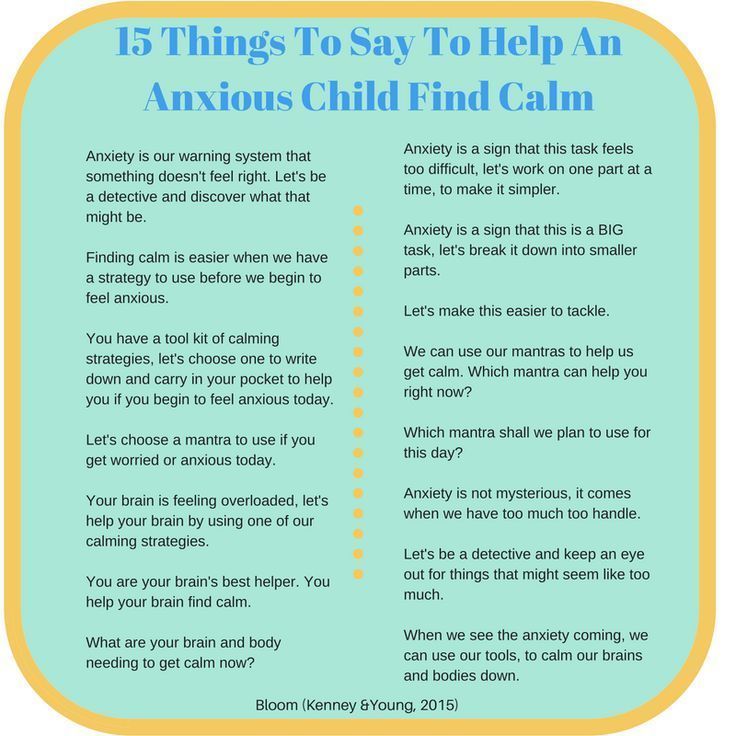 However, when stress or anxiety or anger occurs, your body automatically switches into “flight, fight or freeze” mode. Your muscles tense up, your heart rate increases and your breathing becomes more shallow.
However, when stress or anxiety or anger occurs, your body automatically switches into “flight, fight or freeze” mode. Your muscles tense up, your heart rate increases and your breathing becomes more shallow.
Taking deep breaths, instead of shallow breaths, is one way to tell your body to get back to resting and digesting. That’s why deep breathing is important!
Luckily, there are some fun ways to teach kids deep breathing techniques
Things to useThings to sayBreathe in like you are smelling a flower, breathe out like you are blowing out birthday candles
Arms up and breathe in, arms down and breathe out
Pretend your belly is a balloon. Breathe in and make the balloon bigger, then breathe out and make the balloon shrink.
Videos to watch
4 - 7 - 8 Breathing by GoZen
Breathing at Sea Otter Cove from Stress Free Kids
A Coping Skills Toolbox is a kit that you create to help your child calm down when they are upset, anxious or worried.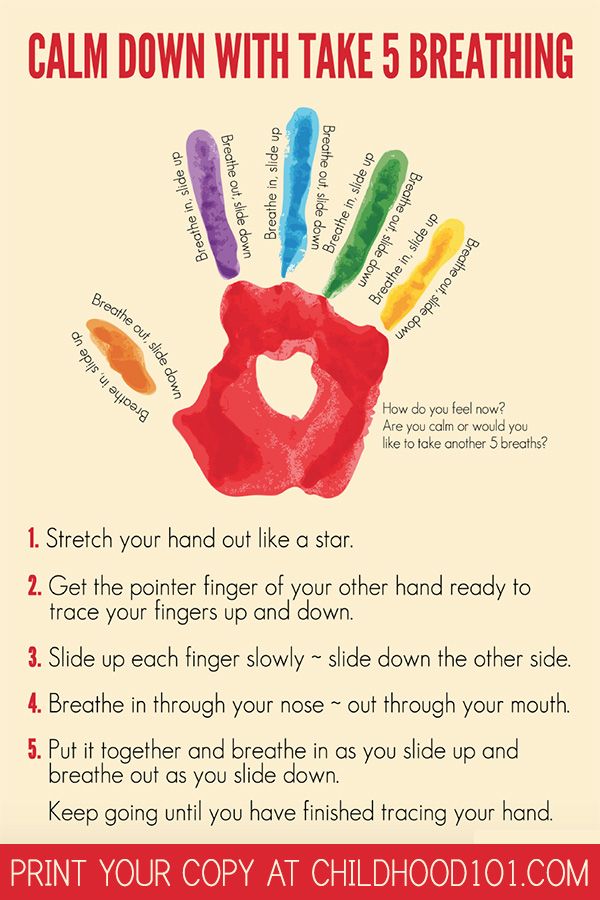 In order to get the most benefit from this, you should create this kit before an issue occurs. When your child experiences anxiety, then they can pick out an item from their Coping Skills Toolbox. This is one of my favorite ways to help kids learn to calm their anxiety.
In order to get the most benefit from this, you should create this kit before an issue occurs. When your child experiences anxiety, then they can pick out an item from their Coping Skills Toolbox. This is one of my favorite ways to help kids learn to calm their anxiety.
Here are some other fantastic ideas for what to put in a coping skills toolbox/calm down kit from And Next Comes L
You can create a place specially designed to allow to calm down in a few steps
Find a spot and make it cozy (ask your child for help with that - maybe they can place a favorite blanket or stuffed animal inside)
Add calming tools
Explain how to use it and practice before
When they are starting to escalate, catch it early and give them a calm reminder about their calm down spot
Use the following phrases as a way to support your child, let them know that you’re going to support them and help them in any way that you can.
“I’m here for you”
“Talk to me and tell me what’s going on”
“How can I help?”
“Together, we can work on this. We’re a great team”
“I love you”
“Do you want a hug?”
Here are some more ideas of what to say to calm an anxious child.
From Go Zen - 49 Phrases to Calm an Anxious Child
From Lemon Lime Adventures - What to Say to Calm an Anxious Child
Did you know there are podcasts with stories for children? Usually the hosts have a soothing voice and the stories tend to be pretty short. Your child can listen to these podcasts as a way to have some down time.
Tales from the Lilypad
Story Time
Stories Podcast
Storynory
There are scripts you can read to your child to help them relax and calm down. Slowly and carefully read the words as your child listens and follows the instructions. Check out Inner Health Studios list of scripts you can use with your child.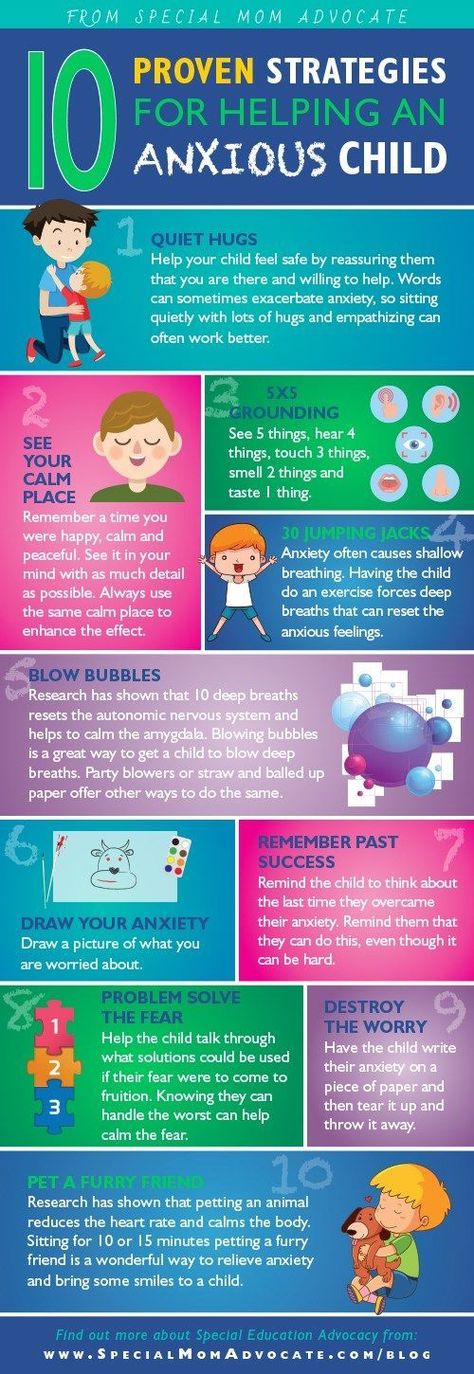 If you prefer not to read a script, there are ones that are pre-recorded.
If you prefer not to read a script, there are ones that are pre-recorded.
There are also scripts to practice mindfulness with children. Eline Snel has written a great book on Mindfulness with Kids, Sitting Still Like a Frog. Here are the several scripts that can be used from that book!
Annaka Harris also has several pre-recorded scripts to help kids practice mindfulness
Confused about how to introduce mindfulness to kids? Check out these resources:
Simple Ways to Introduce Mindfulness and Meditation to Children
11 Simple But Effective Ways to Teach Mindfulness to Kids
What you need:
Empty Jar
I’ve used empty soda bottles, empty water bottles, glass jars and plastic containers. Use whatever makes sense for you and your family. For instance, for the calming jars the kids have in their room, I used a heavy duty plastic bottle. I didn’t want them to accidentally knock over a glass jar in the dark - that would be a huge mess!
Water
I’ve had the best results when I’ve used warm water - it makes it easier for the water and paint to combine.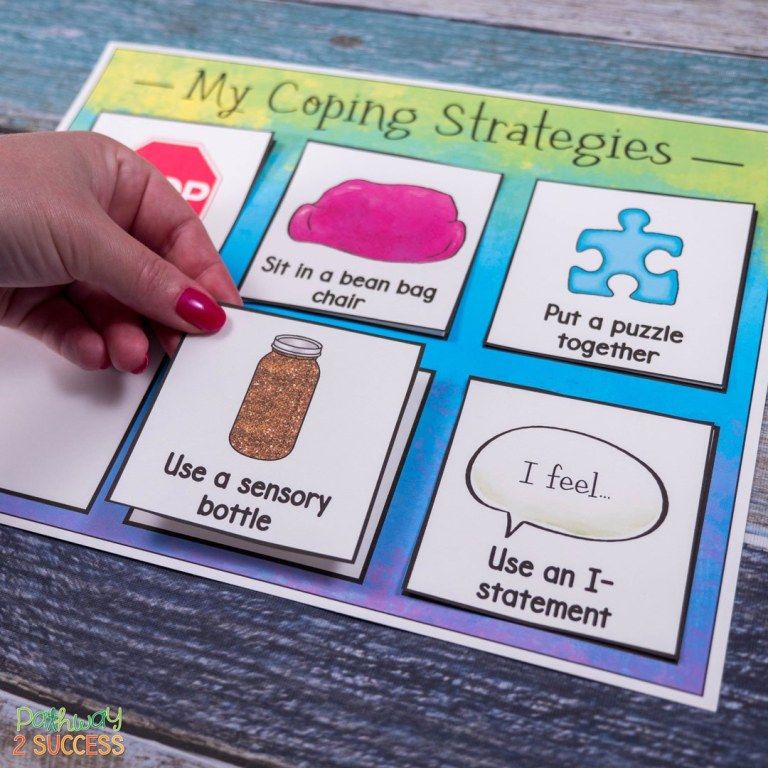
Glitter Paint
I prefer using glitter paint (or glitter glue) instead of glitter because then I’m not cleaning up glitter for weeks at my house after we make them :-)
To make your jar, add glitter paint to the bottom of the jar until it just covers the bottom of it. Add warm water. Put the cover on and shake to help the ingredients combine. Once you are satisfied with the look of your jar, then you can super glue the lid shut so it doesn’t spill. In a pinch, I’ve also used duct tape to secure the lid.
Watch Make a Simple Calming Jar from Coping Skills for Kids on YouTube
Wet Ingredients
Sometimes you want the glitter/other items to stay afloat longer or for a shorter amount of time. Here are some different ingredients you can use as the wet ingredients.
Dry Ingredients
To see several other ways to make calming jars, take a look at what Preschool Inspirations did.
One of the first things I always like to do with kids if they are struggling is to start using visuals.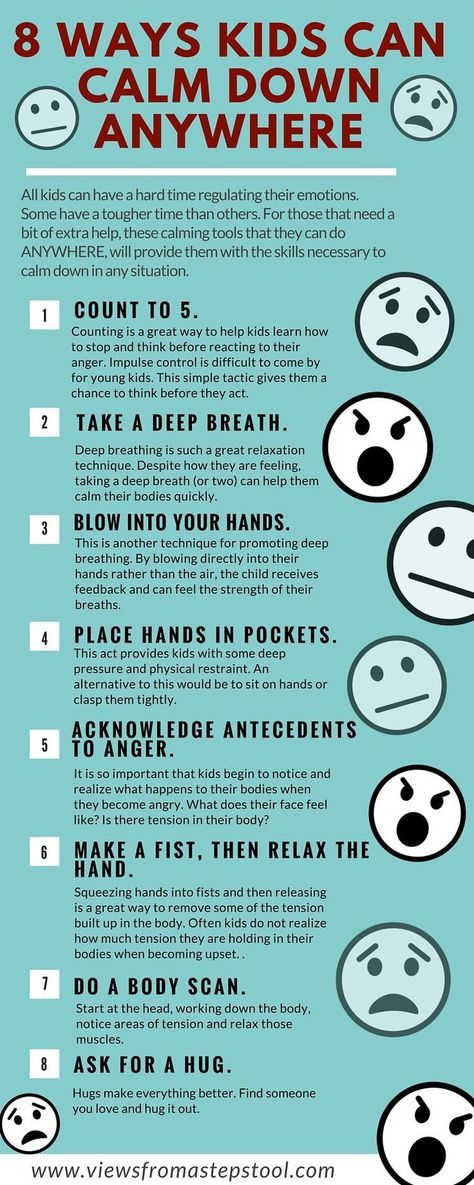 When you’re stressed and anxious, it’s harder to read and take in information. Visuals are easier.
When you’re stressed and anxious, it’s harder to read and take in information. Visuals are easier.
I like to keep calming cue cards in my children’s coping skills toolboxes so that they can make a decision about what coping skill they can use. Sometimes pulling out a list is too much in the moment. You can make your own cue cards.
Take several index cards or small pieces of cardstock
On each one, write or draw one coping skill
Hole punch the cards and place them on a keyring (to make them extra sturdy, you can laminate them)
Put them into the coping skills toolbox for easy access
Using visuals is a powerful way to help kids. When kids are overwhelmed, sometimes it’s hard for them to figure out what to do. By having cue cards, your child can have a visual reminder of what calms and relaxes them.
To make things a little easier, I’ve created ready to use coping skills cue cards for you.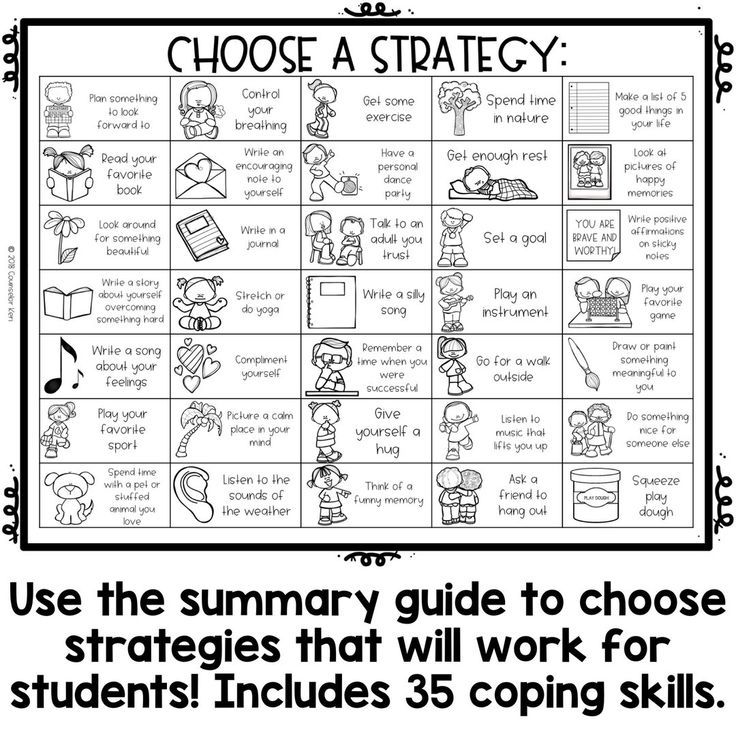 There are four different sets: Calming, Physical, Distracting, and Processing. If you'd like all 4, I created a set where you can download them all together.
There are four different sets: Calming, Physical, Distracting, and Processing. If you'd like all 4, I created a set where you can download them all together.
If your child is anxious, they may also be having a difficult time getting settled for bedtime. Here are some ideas to help your child get settled at bedtime.
PINPOINT WHAT THE FEAR ISOne of the most important things to do is to figure out exactly what is causing the anxiety. Is it fear of the dark? Is it a worry about something in the closet? Is it monsters? Is it spiders? Figuring out the cause of the fear will help you come up with ways you can help your child combat it.
REARRANGE THE ROOMAre there particular spots of the room that seem to be darker or cause more fear at night than others? Go into the bedroom during the day with your child and talk about the spots that make your child nervous. Try moving night lights and furniture around for a more calming room arrangement.
TRANSITIONAL OBJECTSIf your child has a hard time separating from you, try a transitional object.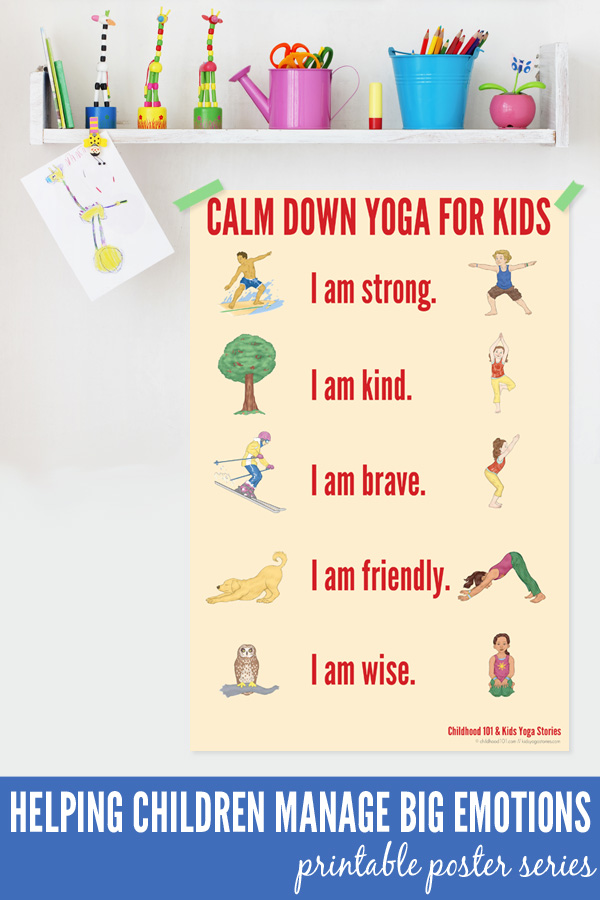 This is a special item that helps your child feel comforted. It helps them feel like part of you is still present even when you're not there. It could be something like a stuffed animal or a special stone or necklace, or a sweatshirt of yours. The object isn’t what matters, it’s what the object represents. They can keep it and hold it all night long to help them relax and go to sleep.
This is a special item that helps your child feel comforted. It helps them feel like part of you is still present even when you're not there. It could be something like a stuffed animal or a special stone or necklace, or a sweatshirt of yours. The object isn’t what matters, it’s what the object represents. They can keep it and hold it all night long to help them relax and go to sleep.
Find more strategies here: 12 Kid Friendly Strategies to Calm Anxiety at Night
Looking for some calming guided meditation to help get to sleep at night? Try one of these: Best Guided Meditations for Sleep.
Whenever I sit down and talk with someone about their coping skills, one of the first
things I ask is if they have tried writing about it. Why do I always start with journaling as
a way of processing through difficult feelings?
It’s easier to write about than talk about hard things
Journaling helps you process what’s happening.
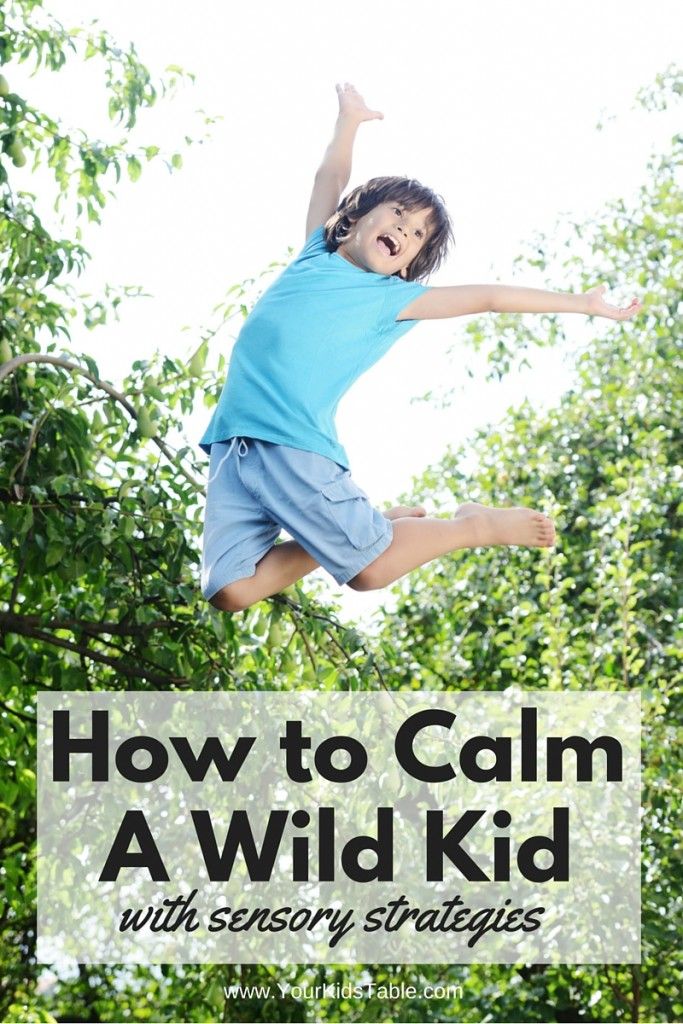
It’s convenient.
It’s not graded
It can help you solve a problem
It can help you re-frame your thinking
Looking for a journal for a child or teen? Check out Big Life Journals!
General AnxietyThe Coping Skills for Kids Workbook by Janine Halloran. This book has over 75 strategies for kids to try to help them manage their stress and worry. This book also includes colorful worksheets to help kids learn more about their anxiety and what they can do to manage their stress.
Wilma Jean the Worry Machine by Julia Cook I love that when Wilma Jean’s physical reactions are described, they’re also illustrated. When is says she has knots in her stomach and her knees lock, her stomach really looks like it’s tied in a knot and there’s a real lock around her knees. I love the activity she does with her teacher, going over worries she can control and worries she can’t, it’s a great way to help kids manage their anxiety.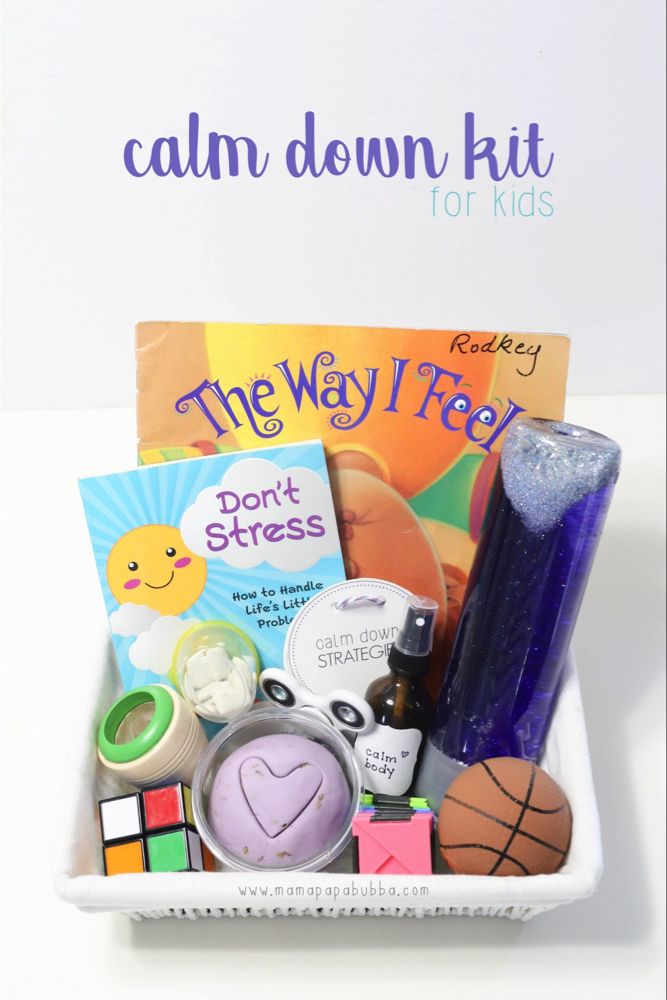
David and the Worry Beast by Anne Marie Guanci David’s anxiety is a beast, and the more anxious he gets, the bigger it grows. David learns to control his thoughts, and his beast shrinks. There’s also a couple of pages for parents and kids in the back.
When My Worries Get Too Big by Kari Dunn Buron This book is wonderful! There are several pages where kids can add in their own thoughts, worries and what helps them relax. This book also uses the 5 point scale to talk about stress and different ways to manage it.
What To Do When You Worry Too Much by Dawn Huebner, PhD This book goes through several ways that can help kids manage anxiety, including setting a time for worries, thinking about things that make you happy and resetting your body with activity or relaxation. There are some interactive places in this book, where a child can write down their worries, draw some images of things that might help, etc.
What To Do When You’re Scared and Worried by James J. Crist This is one of my favorite books for kids to help them deal with anxiety.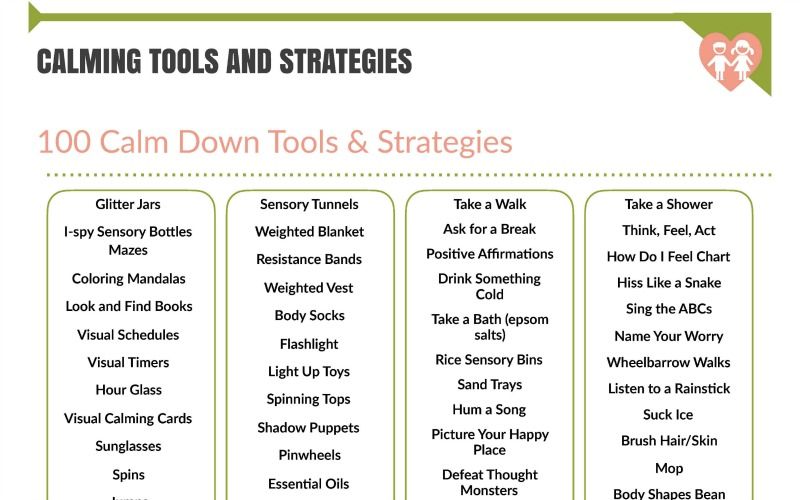 Near the beginning of the book is a checklist that helps kids narrow down what they are anxious about. The beginning of the book covers the basics of what anxiety is and how to help manage with coping skills. The next section of the book goes into detail about different types of anxiety kids might experience, including Separation Anxiety, Phobias and Panic Attacks.
Near the beginning of the book is a checklist that helps kids narrow down what they are anxious about. The beginning of the book covers the basics of what anxiety is and how to help manage with coping skills. The next section of the book goes into detail about different types of anxiety kids might experience, including Separation Anxiety, Phobias and Panic Attacks.
Separation Anxiety
The Kissing Hand by Audrey Penn Classic about managing separation anxiety when kids start school. My daughter’s kindergarten teacher read this on our visit to school the first day.
When I miss you by Cornelia Maude Spelman This is perfect for little ones who have a hard time dealing with the fact that they are away from their parents during the day. It suggests a couple of things they can do to help and reassurance that parents will come back at the end of the day.
Wemberley Worried by Kevin Henkes Poor Wemberley worries about everything, and then she gets really worried when she is about to start school.
This E-Course offers you instant support from a Child Therapist.
You will get:
12 Videos that are quick and bite size
14 Exercises that will expand on the skills taught
6 Cheat Sheets that will serve as a reference
Along with the course you get:
Access to the instructor for ongoing support
Downloadable PDF versions of all lessons
Lifetime access to the course
More from Coping Skills for Kids about Anxiety in Children...
Interview with Author Tanya Lindquist about Duke's Journey of Courage
How To Make a Calming Jar
Using Shapes to Teach Deep Breathing
16 Apps to Help Kids with Anxiety
75 Easy and Fun Calm Down Strategies for kids (that they'll love!)
15957 shares
75 Science-backed calm down strategies for kids that are easy, engaging, and will help your child develop strong emotional regulation skills. Read on and then grab your free printable of 75 calming techniques to have on hand when your child’s anger or anxiety takes over.
Read on and then grab your free printable of 75 calming techniques to have on hand when your child’s anger or anxiety takes over.
Table of Contents
⭐️
Free 9-page Expert Master guide⭐️>> 5 Secrets to MORE cooperation and LESS conflict with your strong-willed child (Click here to grab it)When it comes to children’s emotional development you’re going to be hard-pressed to find another skill as important (and as predictive of future success) as emotional regulation.
Due to your child’s immature nervous system and still under major construction, developing frontal cortex, it makes sense that they often lack the skills that help them to successfully manage their emotions and feelings (and if you’re being honest, I bet you’d say you’re still working on this particular ability too- even as an adult!).
One of the most helpful things you can do as a parent (and when it comes to how to raise an emotionally intelligent child) is to support your child in exploring different calming strategies for kids that help foster your child’s emotional regulation.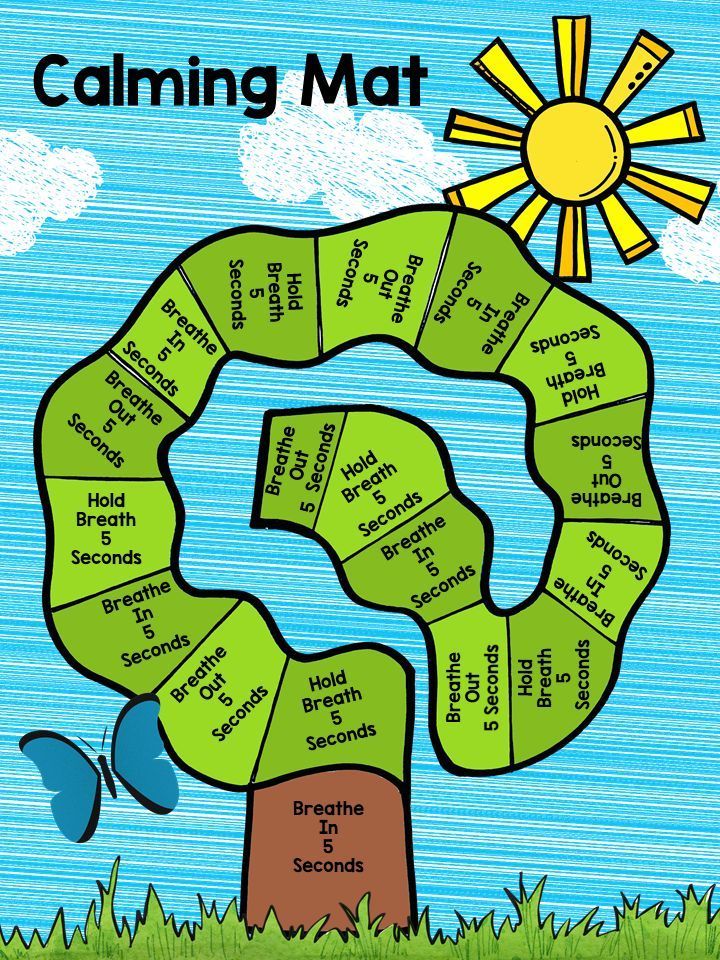
You may have mistakingly assumed that these skills would appear naturally on their own, but it’s only through a lot of trial and error, repetition and teaching, that your child will develop strong Emotional regulation skills and the ability to consistently seek out healthy coping and calming techniques when experiencing intense emotions.
(**This post contains affiliate links which allow me to make a small commission of your purchase to support our mission of raising emotionally healthy kids- thank you!)
What makes this list of calm down strategies for kids different?You might be wondering what makes these calming strategies for kids different than other’s you’ve tried. These techniques are proven effective and are research-backed because they:
1) Are grounded in the neuroscience of emotional regulation, or how your child’s brain functions when processing stress and intense emotion
2) Include activities that utilize co-regulation, or a child’s need to have close connected support from a caregiver in order to return to a physiologically regulated state
3) Focus on physical movements that provide calming and organizing sensory input to the brain and nervous system
Check out or PIN for later: Anger management for kids: A child therapist’s no Fail Secrets to Calm
75 calming strategies for kids that they’ll love!1. Breathe.
We have to start with this one because it’s powerful. Breathing exercises for kids are the quickest and most efficient way to disengage your child’s limb system and decrease stress bodies stress response.
Want a calmer child? You need the right tools. Check out the ‘Calm Kids Set’ (on sale now!)2. Cuddle with a warm compress (my kids love these cute animal ones).
3. Play/cuddle with a pet.
4. Write a letter.
Write a letter to someone you’d like to share your feelings with, or about a challenging topic or situation.
5. Breathe in a favorite scent.
Essential oils work amazingly for this! The brain’s olfactory center overlaps with areas that control emotions, so scent has a major impact on our emotions. Here are some safe, kid-friendly options we love!
Here are some safe, kid-friendly options we love!
6. Count your heartbeats.
7. Get wrapped up tight in a blanket like a burrito.
8. Tell a grown-up what you need.
9. Draw/color what your feelings would look like.
10. Squeeze something (these are the
best squishies that don’t break!)The reason ‘squeeze balls’, putty, squishes work is they send the brain calming proprioceptive sensory input (from compressing the joints). Try it yourself and you’ll feel what I mean!
11. Do animal walks (bear, crab, frog jumps etc).
12. ‘Yell your anger’ into a pillow/blanket/sleeve.
13. Watch an animal.
Animal watching is a great way to teach mindfulness with kids
14. Make a fort to hide in.
15. Cuddle up with a cozy blanket.
16. Do a handstand.
Inversion (or handing upside down) is a proven technique that quickly affects the autonomic nervous system, slowing down the body’s stress response.
17. Try a short guided meditation for kids (learn more about other
mindfulness activities for kids).18. Play with water.
19. Listen to music.
20. Jump.
21. Visualize a ‘happy place’.
22. Stretch.
23. Do a downward-facing dog yoga pose (you can find more in this
yoga routine for kids).24. 5-4-3-2-1 Challenge
Name 5 things you can see, 4 things you can hear, 3 things you can touch, 2 things you can smell, and one thing you can taste. This helps pull us into our bodies senses (which has a grounding effect), and out of our overly-activated ’emotion center’ of the brain.
25. Go outdoors.
26. Give yourself a hand massage.
27. Slow down your breathing with an
expandable ball.28. Squeeze a stuffed animal.
29. Identify your emotions (grab the flashcards in my ‘Calm Kids Set’).
30. Get in touch with nature.
Just holding something from nature or watching nature on TV has been found to produce calming effects on the brain!
31.
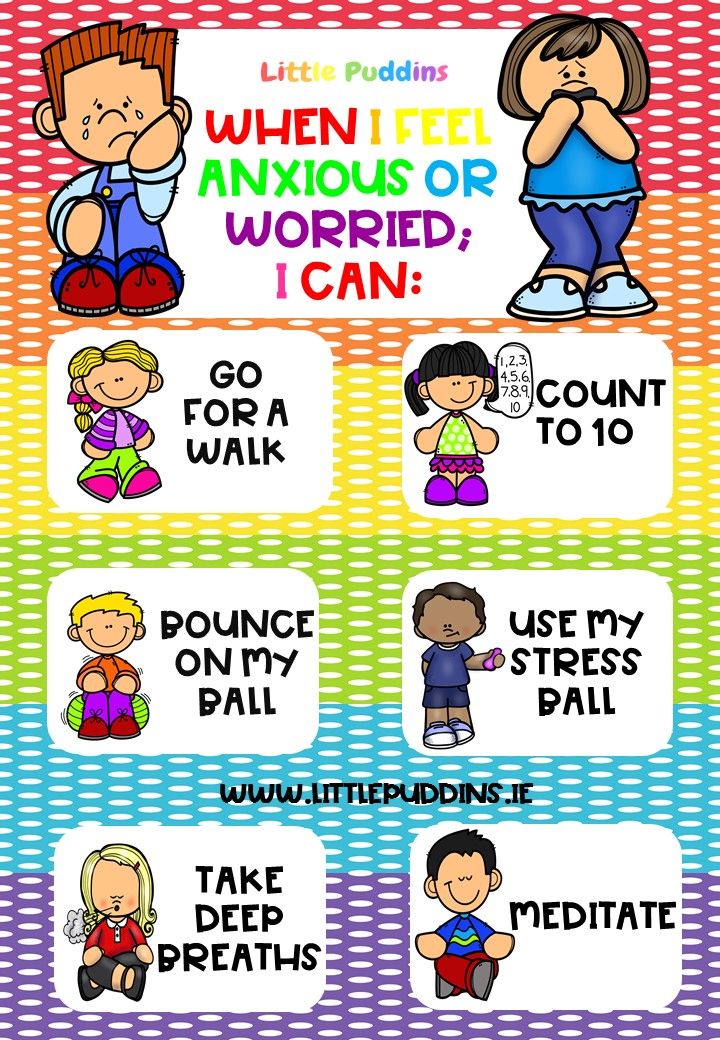 Do wall push-ups.
Do wall push-ups.32. Do a
sensory play activity.33. Ask for a hug.
34. Drink a glass of water.
35. Push your palms together, hold, then release and repeat.
This is one of the quickest, easiest and most convenient ways to give the brain calming sensory input.
36. Put on noise-canceling headphones for quiet.
37. Turn off the lights.
Related read>>> The 50 Most EPIC Anger Management Tools for Kids
38. Run/walk around the outside of the house a few times.
39. Get a back scratch.
40. Take a warm bath.
41. Read a book about emotions.
42.
Make your own fidget.43. Rock back and forth.
44. Do a ‘brain dump’ in a journal.
Related Read >>> 10 Anxiety Symptoms in Children that Most Parents Miss
45. Rip up or crumple a piece of paper.
46. Name 5 favorite things.
Focusing on gratitude will help soothe and de-activate the emotion center of the brain.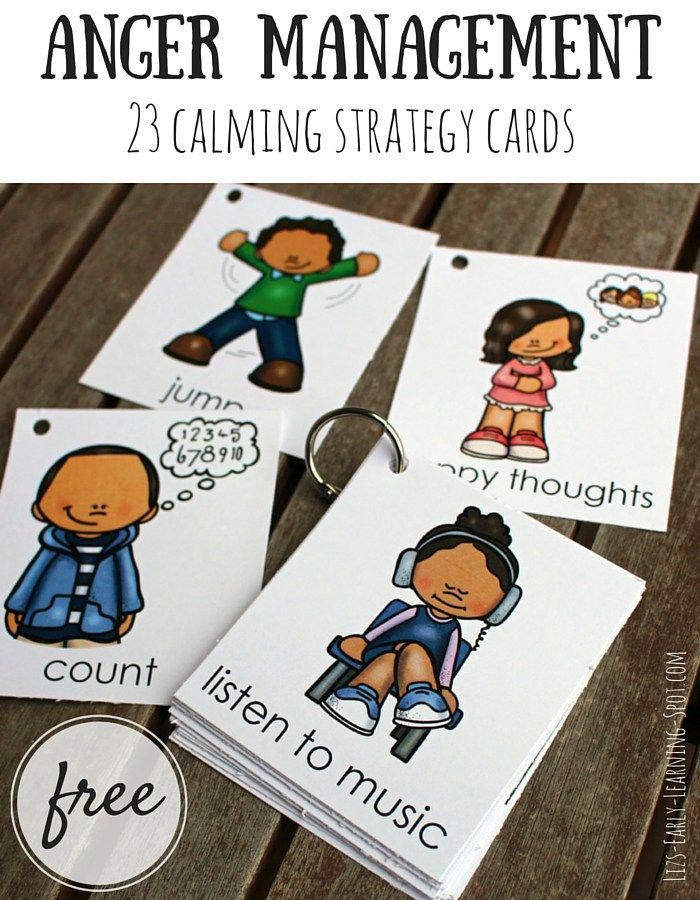
47. Chew gum or a chewy.
48. Rock yourself like a baby.
49. Cover up with a weighted blanket.
50. Color or read on your stomach.
This is referred to as ‘prone position’ and will help regulate your nervous system.
51. Go to the park.
52. Watch a
bubble timer or bubble stick.53. Find a cozy space to crawl into.
54. Do 15 squats.
55. Squeeze your fists as tight as you can.
56. Count backward from 50.
57. Remind yourself it’s ok to be angry/upset/hurt etc.
58. No, seriously. Go outside!
(Here’s 40 Benefits of Outdoor Nature play for Kids)
59. Go for a bike ride.
60. Try a
yoga video on Youtube.61. Make a pillow trail and crawl over it.
62.
Learn about why it’s hard to control your emotions sometimes.63. Close your eyes and tune out the world.
64. Give yourself a tight squeeze.
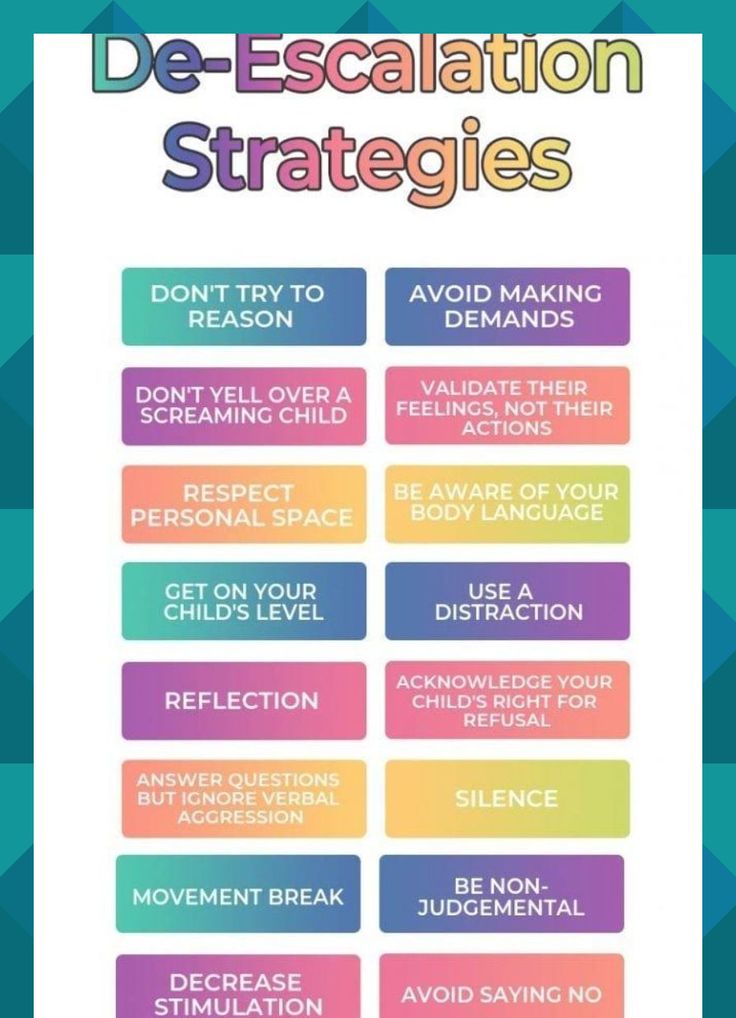
65. Sit with your feelings for a few minutes and allow yourself to experience them.
It IS possible. A better-behaved child without yelling or punishments. Check out the ‘Positive Discipline Set’66. Call a friend.
67. Pray
68. Eat a crunchy snack.
69. Knit/crochet or create something with your hands.
70. Repeat
positive affirmations.71. Look at a magazine.
72. Use these
yoga cards for strong girls.73. Recite the alphabet backward.
Focusing on a specific cognitive task helps de-activate your brain’s ’emotion center (amygdala) and activate the ‘thinking center’ (frontal lobes).
74. Climb.
75. Remind yourself emotions are like waves, they come and they go.
Read or PIN: The Best Thing you can do to Help an Angry Child
Important points to remember about calming strategies for kidsWhen it comes to emotional development in children there’s no ‘one size fits all’ option.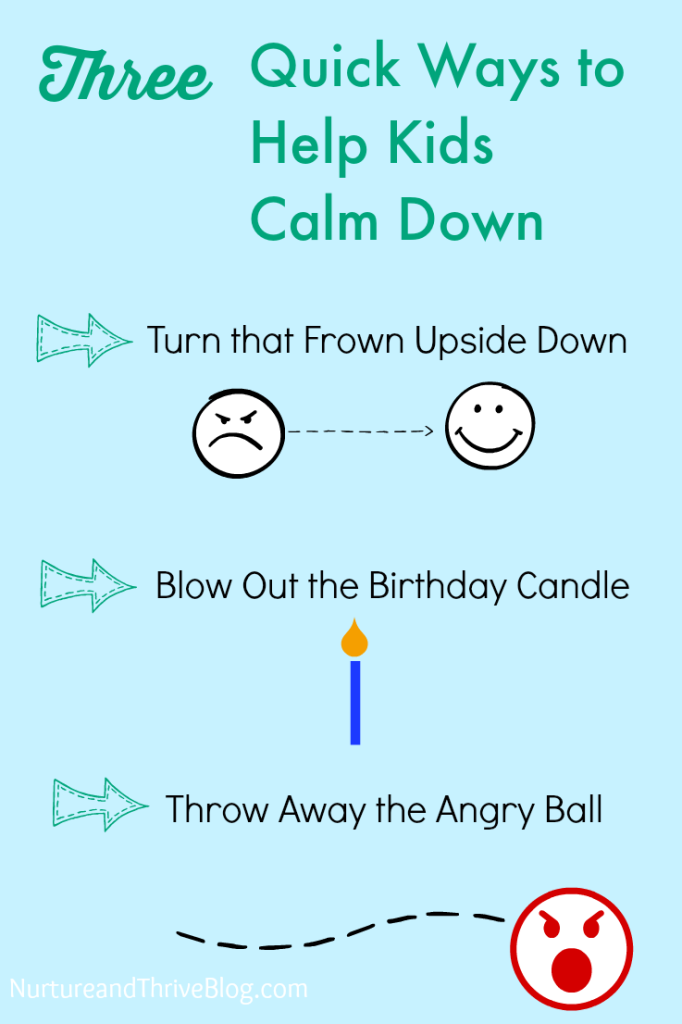
Every child will differ with what their nervous system needs to down-regulate or slow down in order to regain emotional control. Their preferences will also change with different stages of development, seasons or ages.
A large part of raising an emotionally intelligent child is helping them to understand how to take care of their brain and body when experiencing emotional intensity and this list of calm down techniques for kids will get you off to a running start!
Grab your free printable list of calming strategies for KidsThis post comes with a free printable list of calming strategies! (It’s hard to remember 75 things (even before having kids!) so let’s make things easy)
Here’s a peek at it…
- Download the calming strategies list. You’ll get the printable, plus join 20,000+ parents who receive my weekly insights, tips, and strategies on how to raise emotionally healthy kids who will change the world, every week!
- Print.
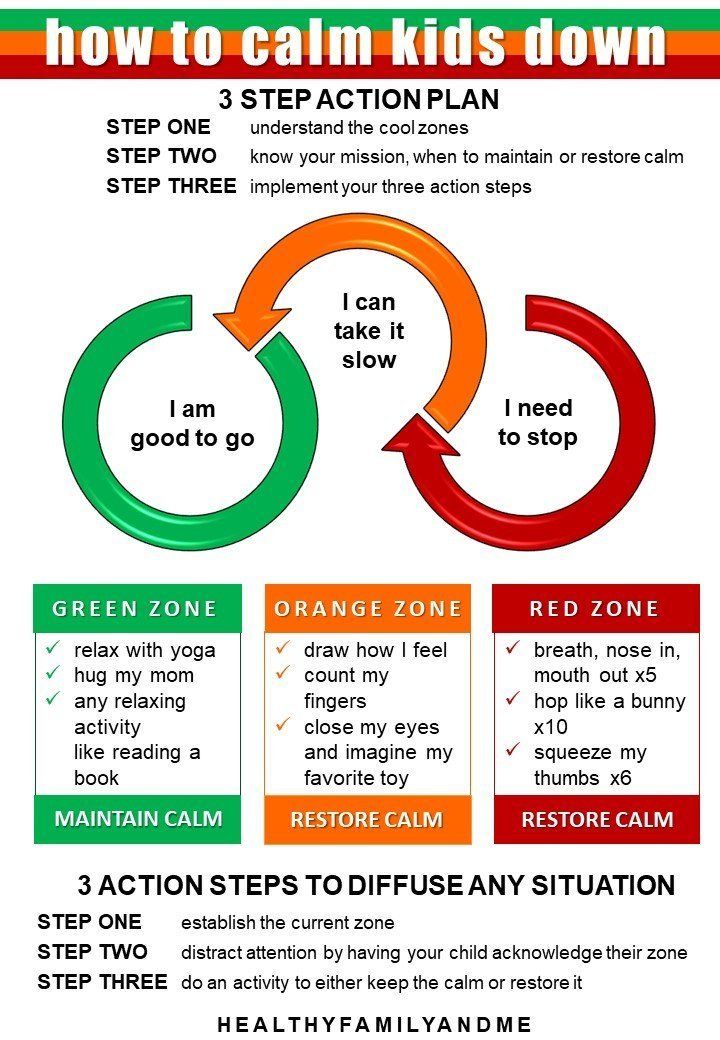
- Place it on your refrigerator or in a centralized area (and experiment with what your child responds best to).
Click HERE to get your printable list and join!
Related articles you’ll enjoy:
This post was originally published 1/30/2020 and has since been updated.
⭐️
Free 9-page Expert Master guide⭐️>> 5 Secrets to MORE cooperation and LESS conflict with your strong-willed child (Click here to grab)About Angela Pruess LMFT
Welcome! I’m Angela, a Licensed Children’s Mental Health Professional, Positive Parenting coach, and mom to Spirited Kids that help me learn and grow (grey hairs) every single day. I believe EVERY child deserves to live their BEST life and that emotional health is the magic key to lifelong success and happiness. Read more about me and the Parents with Confidence manifesto.
Top Ten Strategies for Supporting Children with Autism at Home
9/15/14
In my experience, there are a few key strategies and practices that are needed in many homes with a child with autism, but unfortunately they are lacking.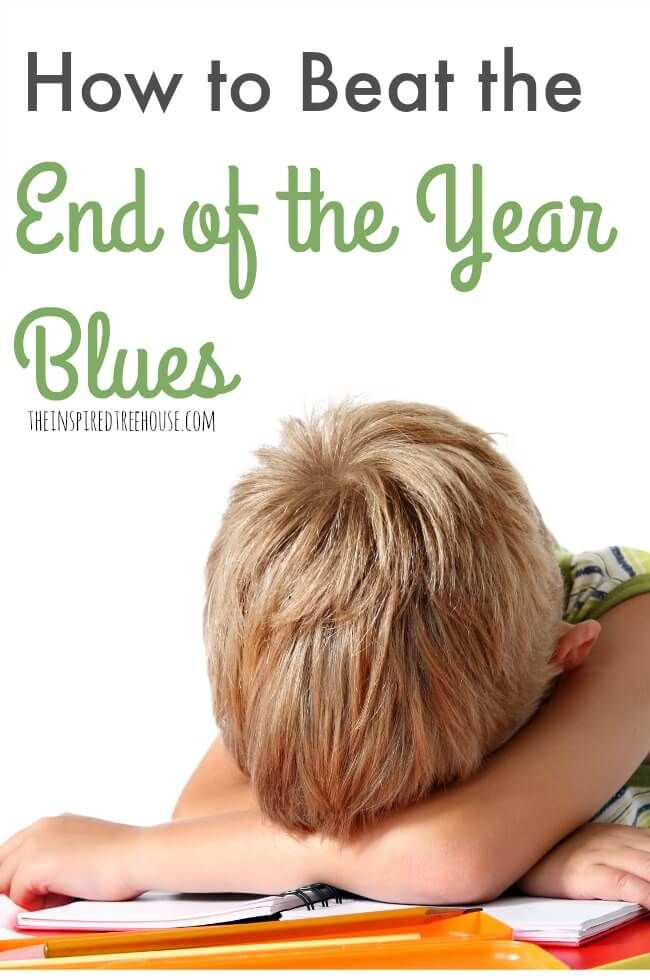 If you stick to these strategies before you start your home ABA therapy program, your consultant will be very grateful that you made the job easier in advance. Above all, however, these strategies will reduce stress in your own life as well as your child's, and make it easier for them to learn new skills. Even if you don't have the ability to provide ABA therapy, these strategies can change your child's life for the better on their own. I recommend implementing these approaches as early as possible – the younger the child, the better. However, if you are caring for an older child or adult with autism, these strategies will be just as helpful. nine0003
If you stick to these strategies before you start your home ABA therapy program, your consultant will be very grateful that you made the job easier in advance. Above all, however, these strategies will reduce stress in your own life as well as your child's, and make it easier for them to learn new skills. Even if you don't have the ability to provide ABA therapy, these strategies can change your child's life for the better on their own. I recommend implementing these approaches as early as possible – the younger the child, the better. However, if you are caring for an older child or adult with autism, these strategies will be just as helpful. nine0003
1. Structure/routine at home: Consistency and knowing what to expect helps children with autism cope with daily challenges. Develop a daily routine for your home and stick to it as strictly as possible. Every day the child should go to bed at the same time. Dinner should be at the same time. Walk outside should be at the same time.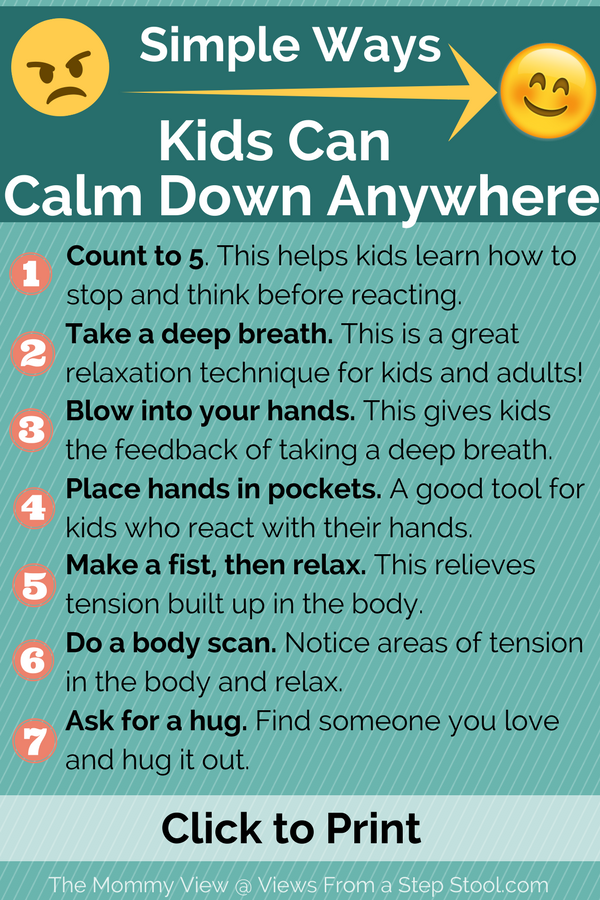 Abrupt, unexpected, and significant changes from day to day and from moment to moment are a sure way to undesirable behavior or a full-blown tantrum in your child. A stable daily routine based on what you do every day allows the child to feel more in control of the environment. nine0003
Abrupt, unexpected, and significant changes from day to day and from moment to moment are a sure way to undesirable behavior or a full-blown tantrum in your child. A stable daily routine based on what you do every day allows the child to feel more in control of the environment. nine0003
2. Visual schedule for the day: See why you need to start by creating a daily schedule? Visual timetables are vital to teaching a child independence. How can your child learn to do their morning routine, eat breakfast, get ready for school on their own? Very simple: a visual timetable. Have you ever caught yourself repeating the same requirement 2, 3 or even 85 times in a row? Make a visual schedule. When your child completes an activity or task, does he just wander around, filling the time with self-stimulation and unwanted behavior? Create a visual schedule. A visual schedule helps these guys understand what they need to do now, what will happen next, and what will happen after that.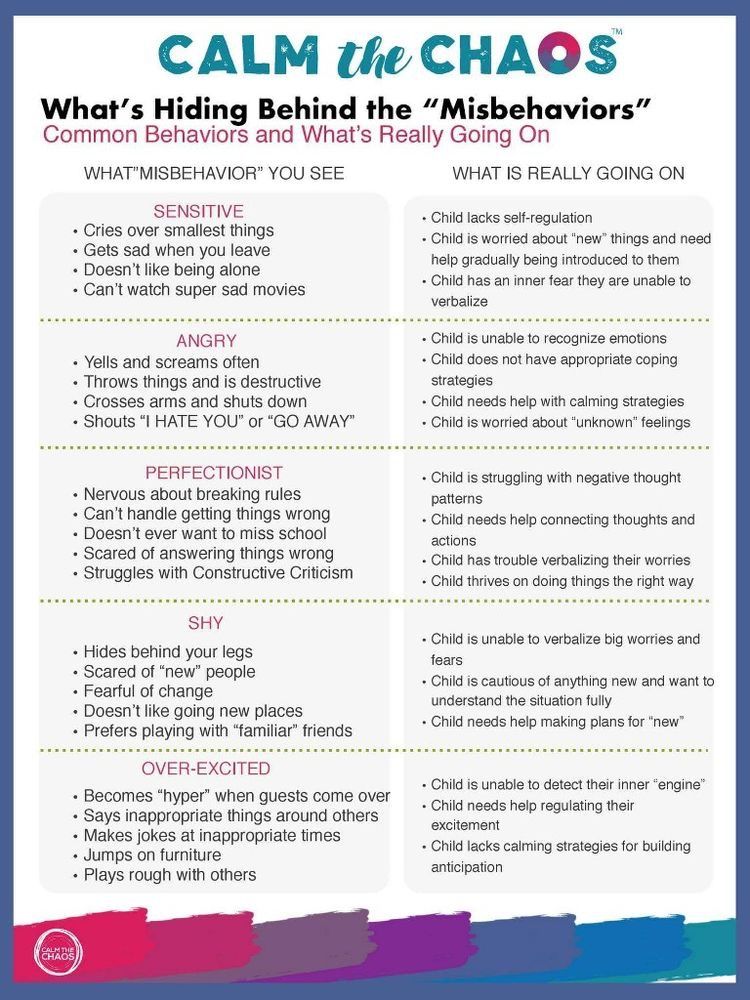 A word of advice: please don't use written timetables with children who can't read yet. It's useless. Use photos and pictures. (See also: How to Use Visual Support for Autism.) nine0003
A word of advice: please don't use written timetables with children who can't read yet. It's useless. Use photos and pictures. (See also: How to Use Visual Support for Autism.) nine0003
3. Communication system: I often talk about teaching communication skills, and this is exactly where to start, and as early as possible. Your child may be able to communicate using sign language, tablet, PECS, and so on. Most importantly, everyone in the house should agree to encourage and accept this particular system of communication. If the child can speak, then encourage him to speak and demand them. If the child can handle gestures, then encourage and demand gestures from him. Very often I see that at home the child uses many ineffective and weak forms of communication, and this is a problem that needs to be solved. Start encouraging only one system of communication, and make sure everyone in the family understands the need for it. (See also: How to choose a communication method for a non-verbal child with autism. ) nine0003
) nine0003
4. Restricted access to rewards: No “free access” or “bitching”. Free access means that if a child simply "adores" the cartoon about Dasha the Pathfinder, then he has the opportunity to watch Dasha for hours every day. Biting means that if a child simply “loves” pretzels, then at any moment he can come into the kitchen, open a cupboard and take a whole handful of pretzels. If your child has free and unlimited access to what he likes best, how will you reward him for good behavior? Positive reinforcement is an effective and critical strategy for teaching your child new skills. And when I hear from parents: “She just doesn’t have any rewards!”, then very often this means that the child does not need to work for something because she has access to whatever she wants.
5. Active escape prevention strategies: The risk of running away is a huge safety hazard for many children with autism, especially non-verbal children. You can start teaching your child not to run away from a very young age. Along with the daily routine (see how important this is?), you should have rules for behavior in the house. The rule about running can be something like, "You should ask your mom before you go out." Make visual cues about the "stop and ask" rule and place them next to each door. When the child approaches the door, he needs to be reminded that he cannot go outside alone. Teach your child to come up to you and use their communication system (PECS, gestures, tablet, etc.) to ask to "walk". I suggest closing visual cues at night to indicate that you can't go outside at all now. Or you can hang another prompt, for example, "Wait." Explain to your child that you can only go outside when the sun is shining. nine0003
Along with the daily routine (see how important this is?), you should have rules for behavior in the house. The rule about running can be something like, "You should ask your mom before you go out." Make visual cues about the "stop and ask" rule and place them next to each door. When the child approaches the door, he needs to be reminded that he cannot go outside alone. Teach your child to come up to you and use their communication system (PECS, gestures, tablet, etc.) to ask to "walk". I suggest closing visual cues at night to indicate that you can't go outside at all now. Or you can hang another prompt, for example, "Wait." Explain to your child that you can only go outside when the sun is shining. nine0003
6. Choice Board: I always enjoy teaching my kids how to make choices. After all, own choice is a fundamental right of every person, but when it comes to children with disabilities, this right is often ignored. Many problem behaviors can be reduced or eliminated simply by giving the child more choices, such as where to sit, what movie to watch, juice or milk.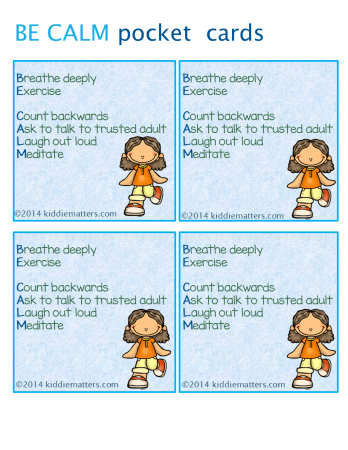 To help kids make choices, I usually make a visual choice board with cards for their favorite activities, foods, or toys. Throughout the day, I show them the choice board many times and let them choose what to do, what to eat, or what to play with. Depending on the child, the choice board may be updated with varying regularity if the child gets bored with his rewards. I also like using the selection board because it teaches you to look at different items and choose one of them. If you have a non-verbal child, instead of running around trying to figure out what he needs while he yells and screams, just hand him the picture board and say "Choose." (See also: Teaching a Child with Autism to Make Choices.) nine0003
To help kids make choices, I usually make a visual choice board with cards for their favorite activities, foods, or toys. Throughout the day, I show them the choice board many times and let them choose what to do, what to eat, or what to play with. Depending on the child, the choice board may be updated with varying regularity if the child gets bored with his rewards. I also like using the selection board because it teaches you to look at different items and choose one of them. If you have a non-verbal child, instead of running around trying to figure out what he needs while he yells and screams, just hand him the picture board and say "Choose." (See also: Teaching a Child with Autism to Make Choices.) nine0003
7. Conditions for toilet training: This is a big strategy that is needed in many homes but is very rare in them. Even if your child is too young for toilet training, you should start this strategy right away. Change diapers only in the bathroom, teach your child to help you with dressing and undressing, let him throw away the soiled diaper, and then wash his hands.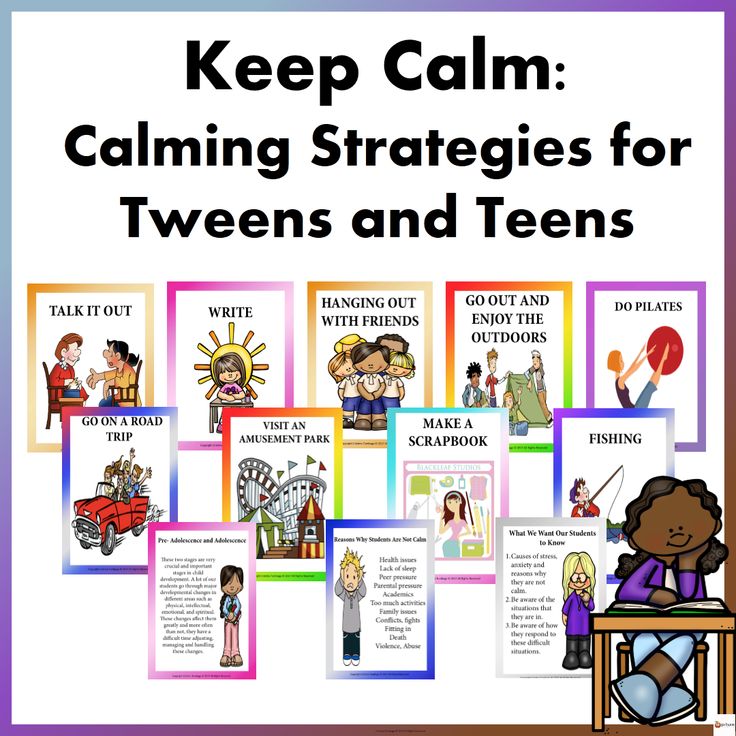 You teach everything related to the toilet, in addition to actually sitting on the toilet. The child gets used to the bathroom and learns many skills that he will need later (for example, how to unzip his pants). For complex skills like handwashing, make a step-by-step visual schedule. If the child is dirty, then he should participate in changing clothes, throw away the diaper or soiled underpants, and wash his hands. nine0003
You teach everything related to the toilet, in addition to actually sitting on the toilet. The child gets used to the bathroom and learns many skills that he will need later (for example, how to unzip his pants). For complex skills like handwashing, make a step-by-step visual schedule. If the child is dirty, then he should participate in changing clothes, throw away the diaper or soiled underpants, and wash his hands. nine0003
8. Multimodal sensory stimulation items: This is directly related to the reduction of repetitive, self-stimulating behavior and hyperactivity. If guys spend too much time on stimming, parents often ask me to reduce it. Well, your baby needs stimming for something. So I always recommend redirecting it, not suppressing it. Find objects that your child can manipulate and interact with to get the sensory stimulation they need, so they don't have to wander around the house all day mooing, shaking their arms or spinning around. Options include large gym balls, a trampoline, sensory boxes with a variety of items, glowing toys, finger paints, and so on. nine0003
nine0003
9. Workspace for self-study: Task completion is one of my favorite programs. I love this program because it teaches leisure skills (my guys almost never have appropriate leisure skills when I meet them) and independence. Do you have to entertain your child all day long? Whether you need to call, do laundry or email, will your child be able to keep busy? If not, then he should be taught independent pursuits. Set aside a small workspace, pick up a few activities and set a timer. Teach your child to complete tasks until the timer goes off, and then give him a big reward. Over time, workspace activities can be added to the visual schedule (see why it's so important?), and the child will be able to eat on their own, clean up, do two workspace activities, start doing homework, and so on. nine0003
10. Place to rest: This is another strategy that I would like to see more often, because it is often needed. Children with autism experience severe overload and overstimulation during the day, which results in moodiness, whining, tantrums and self-injury.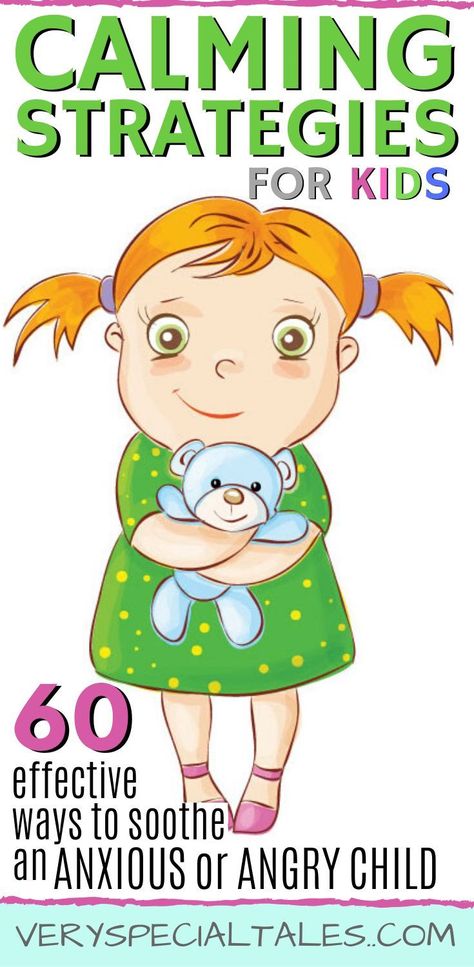 Very often I observe how parents take full responsibility for the emotions of the child. For example, picking up a crying baby, rocking it, and comforting it until it stops crying. First, they reinforce the problem behavior. Secondly, it is important for us to teach children from an early age that they can control their emotions. Set aside a quiet corner of the house and place things there to help you calm down (pillows, floor bags, exercise ball, etc.). When the child is upset or overwhelmed, explain to him that he needs to calm down, for example: “You are crying and throwing toys. You need to calm down." Guide the child to a place to rest and help him do something soothing, such as breathing deeply and slowly, counting to five, and so on. Use visual cues to show your child what steps to take to calm down. Praise and encourage your child for improvements in their mood. Over time, you can just tell your child to go calm down, and he can go to a place to rest on his own, practice relaxation exercises, and come back when he feels better.
Very often I observe how parents take full responsibility for the emotions of the child. For example, picking up a crying baby, rocking it, and comforting it until it stops crying. First, they reinforce the problem behavior. Secondly, it is important for us to teach children from an early age that they can control their emotions. Set aside a quiet corner of the house and place things there to help you calm down (pillows, floor bags, exercise ball, etc.). When the child is upset or overwhelmed, explain to him that he needs to calm down, for example: “You are crying and throwing toys. You need to calm down." Guide the child to a place to rest and help him do something soothing, such as breathing deeply and slowly, counting to five, and so on. Use visual cues to show your child what steps to take to calm down. Praise and encourage your child for improvements in their mood. Over time, you can just tell your child to go calm down, and he can go to a place to rest on his own, practice relaxation exercises, and come back when he feels better.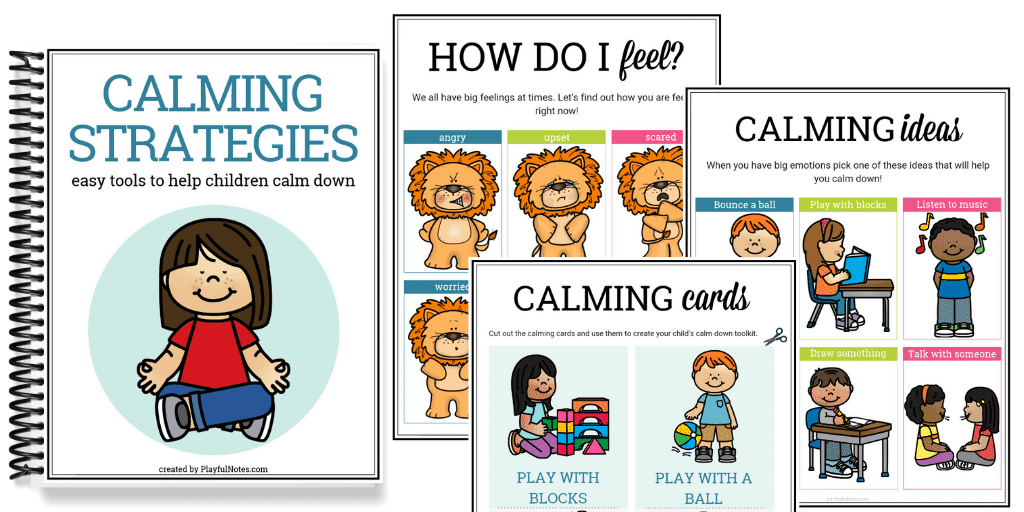 Calming strategies (their visual cues) should always be carried with you and used in any setting. It's not the place itself that matters, but the fact that you teach your child to regulate their own emotions. (See also: How to use the "unload zone" to help your child calm down.) nine0003
Calming strategies (their visual cues) should always be carried with you and used in any setting. It's not the place itself that matters, but the fact that you teach your child to regulate their own emotions. (See also: How to use the "unload zone" to help your child calm down.) nine0003
We hope that the information on our website will be useful or interesting for you. You can support people with autism in Russia and contribute to the work of the Foundation by clicking on the "Help" button.
ABA Therapy and Behavior, Parenting Children with Autism
Strategy games | Strategies for kids
Strategy games (tactics games) - sounds a little intriguing and not entirely clear, doesn't it? But their essence is to achieve specific goals through the adoption of decisions that are most reasonable in a given situation. The participants in the game learn to calculate moves, build a line of conduct, brush aside seductive but lead to nothing decisions - in a word, they develop the ability to think independently and be aware of responsibility for their own actions.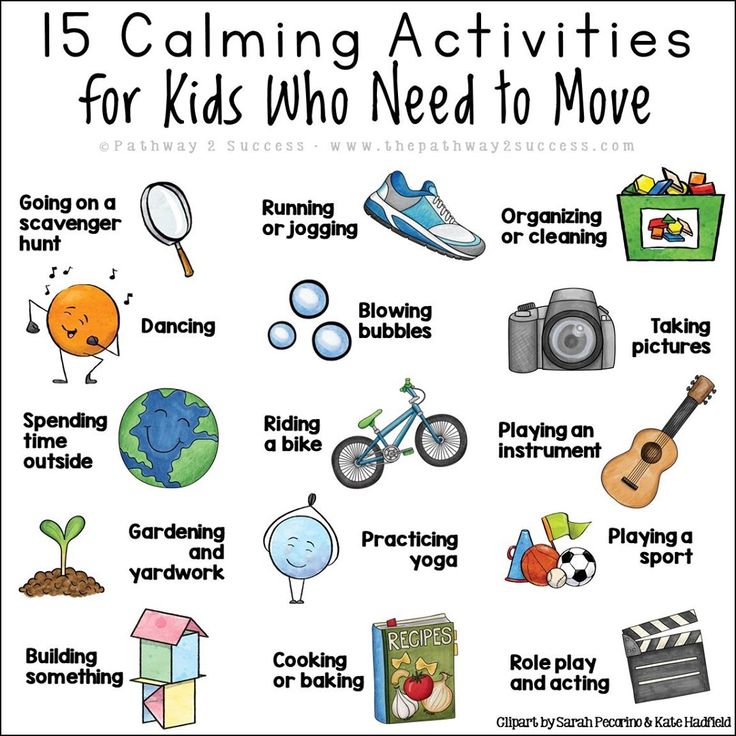 nine0003
nine0003
Strategy games have now been developed for children of all ages. Full-fledged sets of this type are intended primarily for teenagers: let the young rebels compete in intelligence and the ability to beat rivals on the playing field. However, you can find a simpler option, for preschoolers and younger students, with simplified rules and a more understandable game algorithm.
Choice of strategic games for children
When choosing a strategic game, don't run ahead of the locomotive: it's not worth offering your child an entertainment that he obviously isn't yet able to figure out - this is the cultivation of self-doubt. The child thinks like this: I don’t understand anything, which means you shouldn’t try to comprehend the unknown - I’ll lose anyway. Subsequently, the child will simply be afraid to comprehend new things and overcome difficulties, and this is already a disaster! nine0003
Rule Two: Whatever strategy game you choose, keep your superiority in mind. You are older, and you have more life experience. To get started, simplify the rules as much as possible, play a couple of training games "open visor" and ... give in! Just give in smartly, not demonstratively. Constant winning is just as bad for children as losing. Over time, you will have to give in less and less, and as a result, the child will turn into a formidable opponent, with whom it is interesting to fight on an equal footing. nine0003
You are older, and you have more life experience. To get started, simplify the rules as much as possible, play a couple of training games "open visor" and ... give in! Just give in smartly, not demonstratively. Constant winning is just as bad for children as losing. Over time, you will have to give in less and less, and as a result, the child will turn into a formidable opponent, with whom it is interesting to fight on an equal footing. nine0003
Almost all strategic games involve the "every man for himself" algorithm: all participants compete on equal terms. But if there is a big difference in the age and level of the players, it is better to choose an option that involves team interaction. Goals can be achieved only by uniting - emphasize that the baby has made an invaluable contribution to the overall victory!
Popular types of strategy games
It is difficult to talk about the types of strategy games: it is almost impossible to classify them (manufacturers are amazingly resourceful). However, we can bring some order in thoughts and preferences:
However, we can bring some order in thoughts and preferences:
-
Chess and checkers
All time classic strategy games - chess and checkers. Since ancient times, "tavreli", that is, chess, was considered the game of generals: for the development of strategic and tactical thinking, they are the best fit. And you can also play their tax: Corridor for children and Abalon.
-
Peace strategies
Peace strategies are built mainly on creation: for example, you need to create a city with a working infrastructure. In principle, classical Civilization can also be considered peaceful, as well as all games like "Build a city", "Beautify the island" or "Create a house". Interesting games from the "Evolution" series, where you need to bring the selected animal to the peak of development. You can also see the Elven Castle and the Rogues. nine0003
-
Military strategies
The simplest example of a military strategy is the famous Sea Battle in various variations and configurations.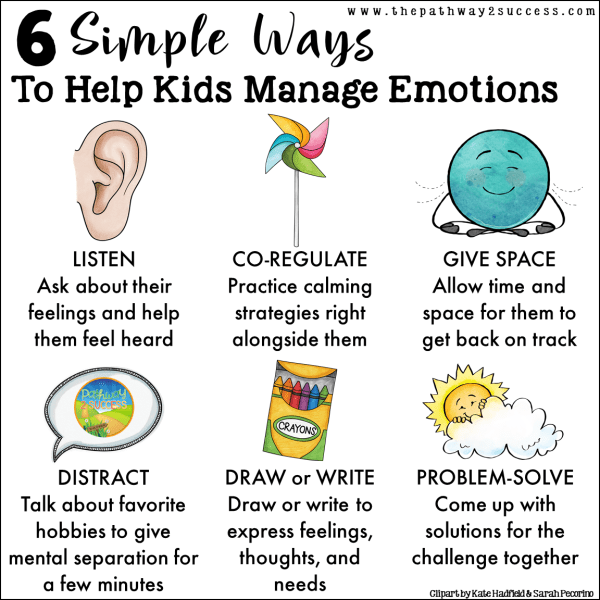 But in general, this direction is very diverse, because the very essence of the strategy presupposes, first of all, a military principle. This type of strategic board games includes all options for capturing and defending castles, fortresses, lands, planets, spaceships and others like them. The essence is simple: to grab a tasty morsel first, resist the onslaught or "eat" all rivals. This series is great for boys (although girls play with pleasure): Progers and Fighting Sheep. These are not the most popular games, but I advise you to take a closer look at them. nine0003
But in general, this direction is very diverse, because the very essence of the strategy presupposes, first of all, a military principle. This type of strategic board games includes all options for capturing and defending castles, fortresses, lands, planets, spaceships and others like them. The essence is simple: to grab a tasty morsel first, resist the onslaught or "eat" all rivals. This series is great for boys (although girls play with pleasure): Progers and Fighting Sheep. These are not the most popular games, but I advise you to take a closer look at them. nine0003
-
Strategy Quests
This group includes most of the games created based on computer originals, books and films. Quests involve the implementation of some missions, during which the players either consolidate or act on the principle of "every man for himself." The task is to complete the mission (find treasures, prepare the elixir of life, save the princess and the whole world to boot) first and prevent other players from doing it.